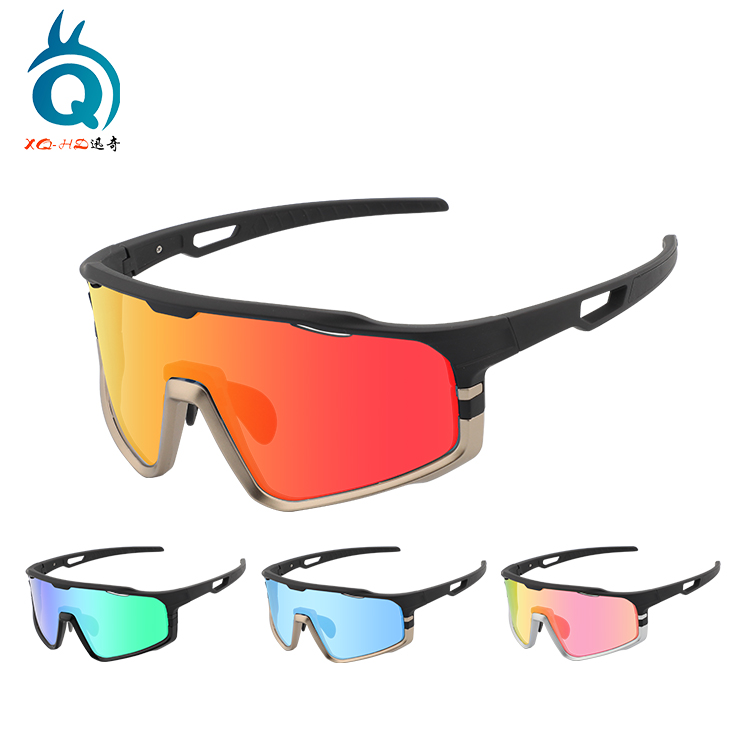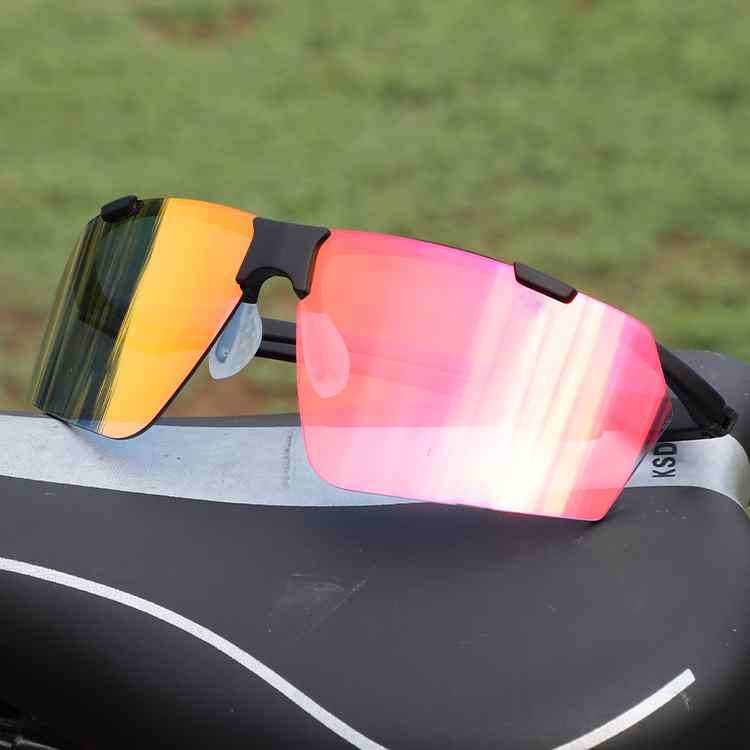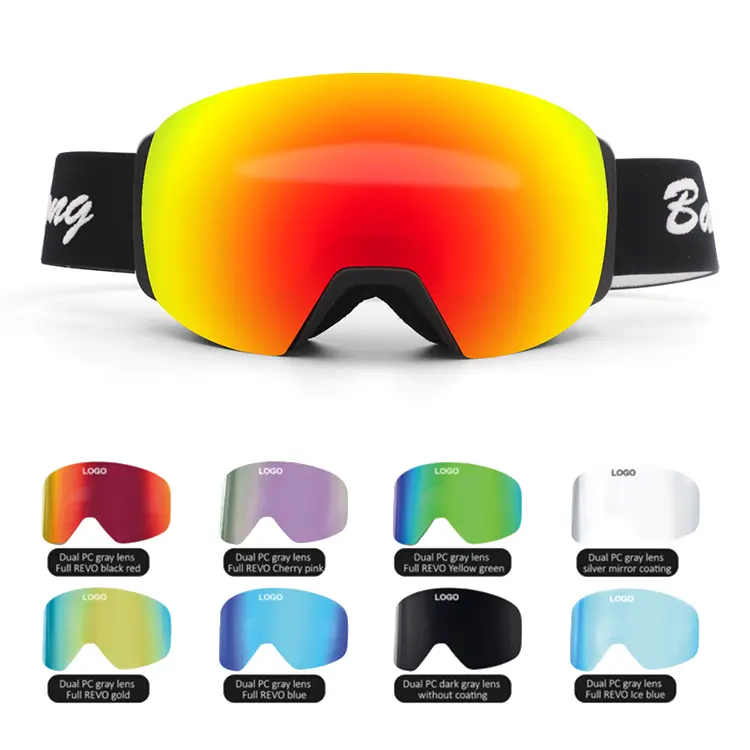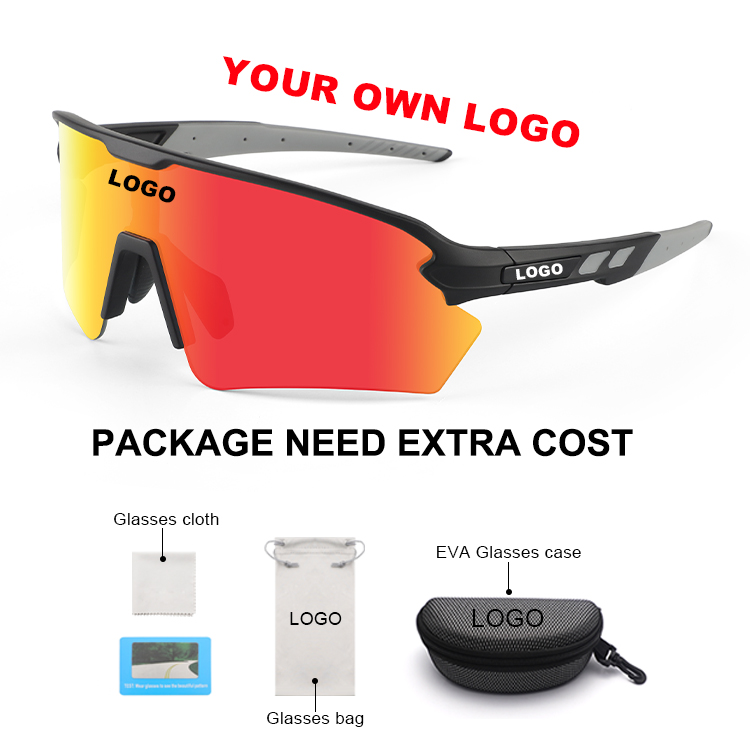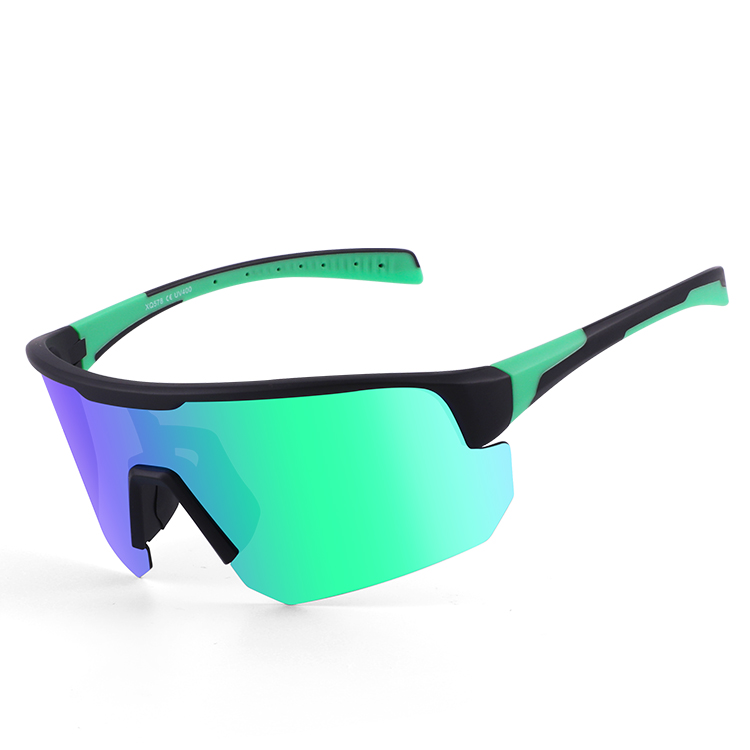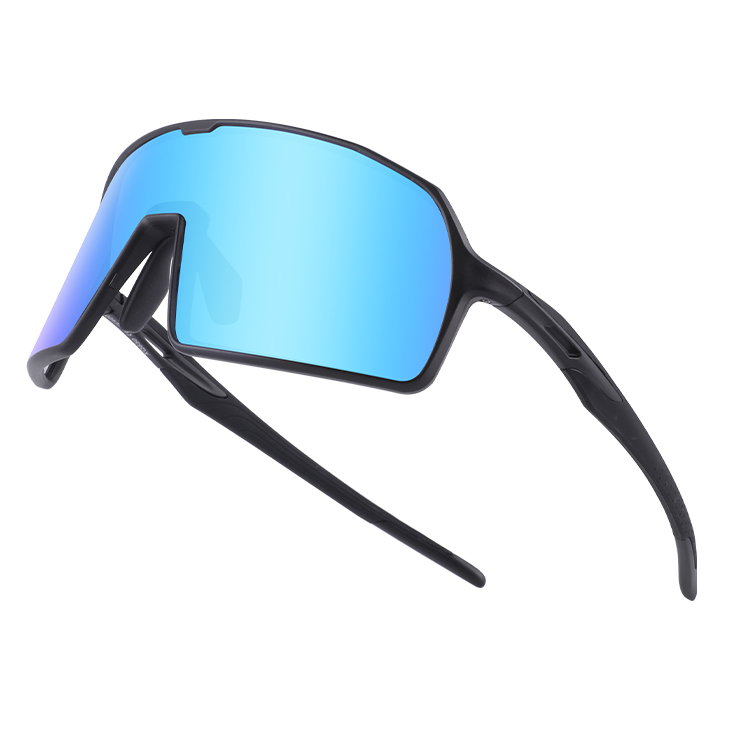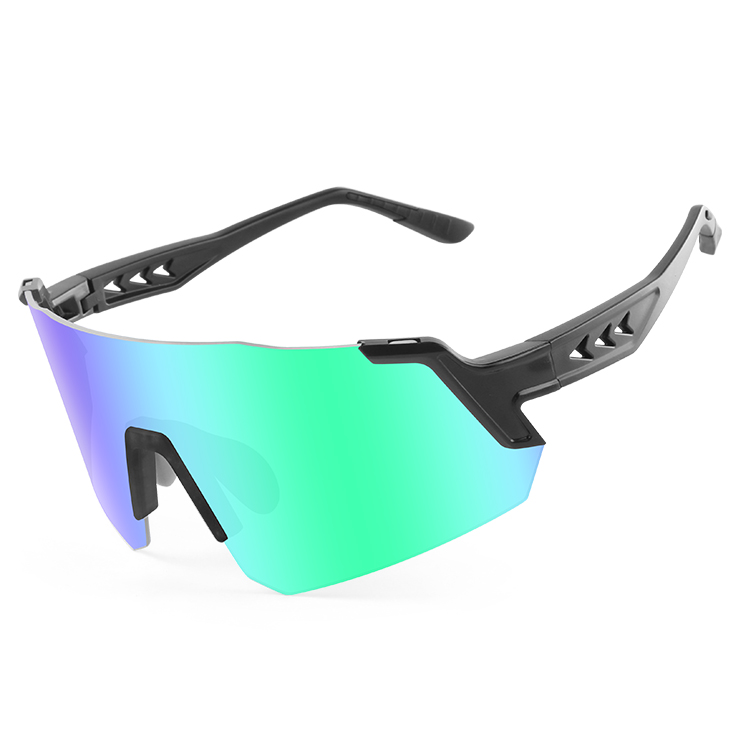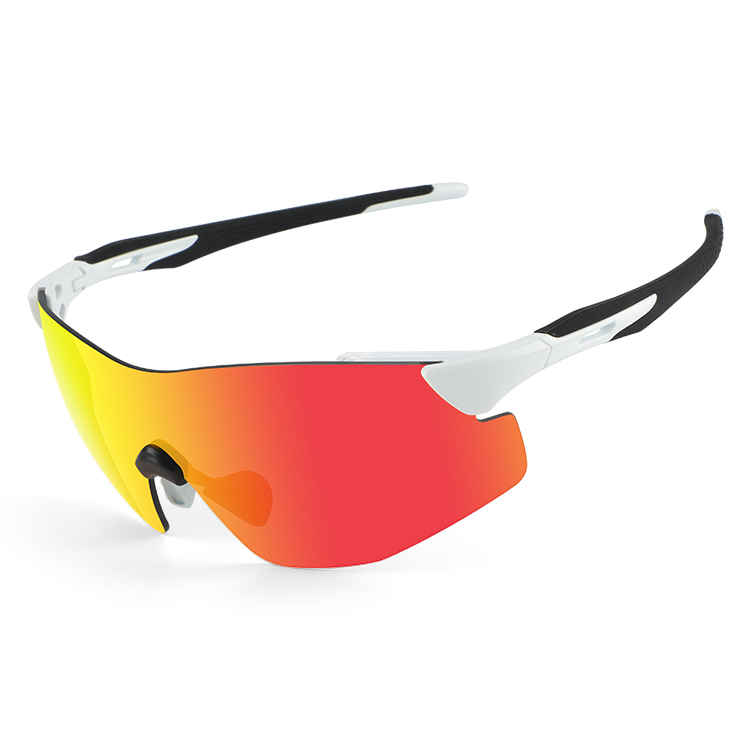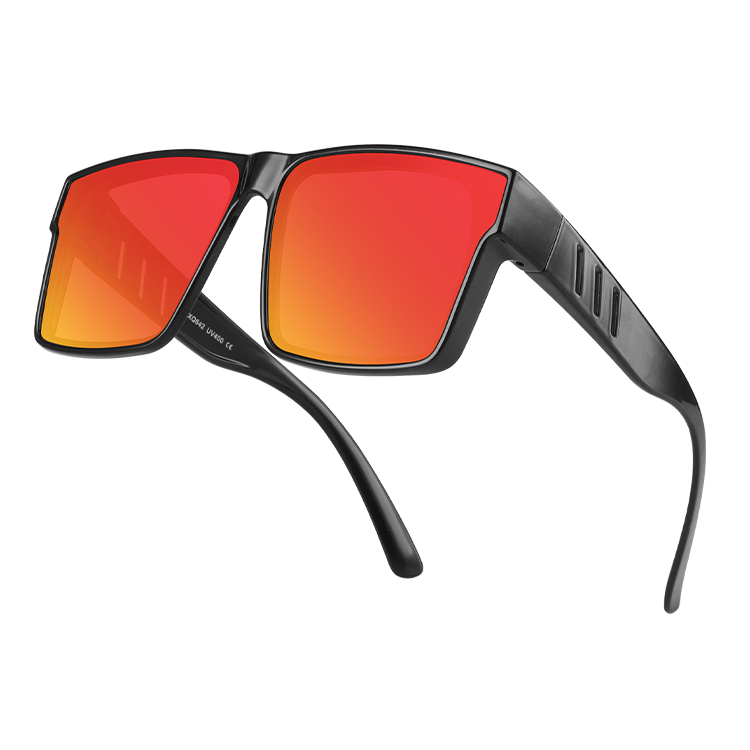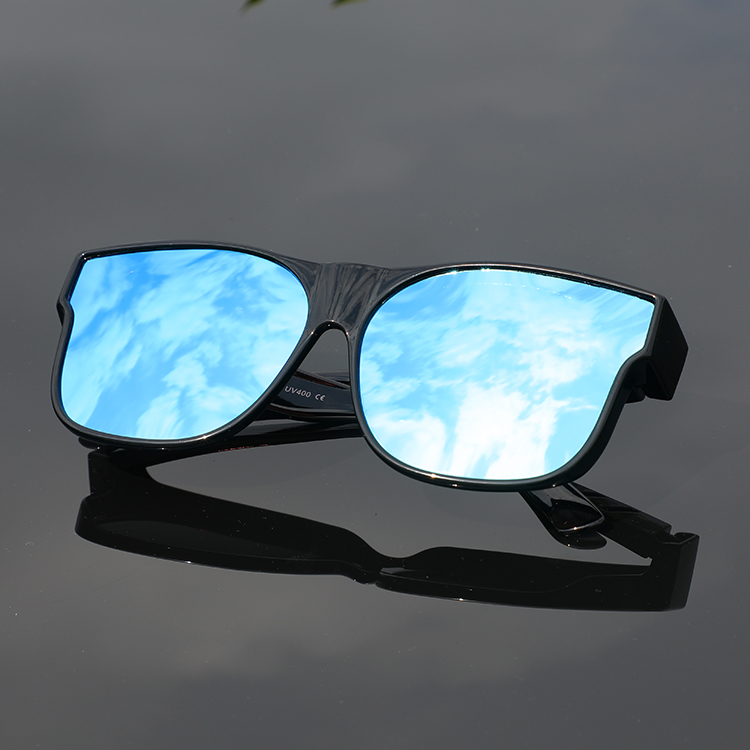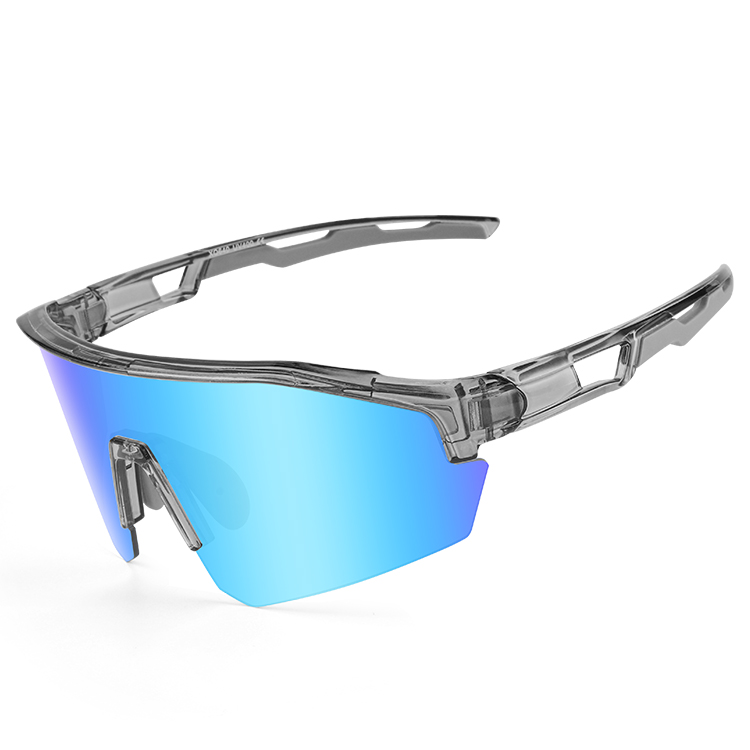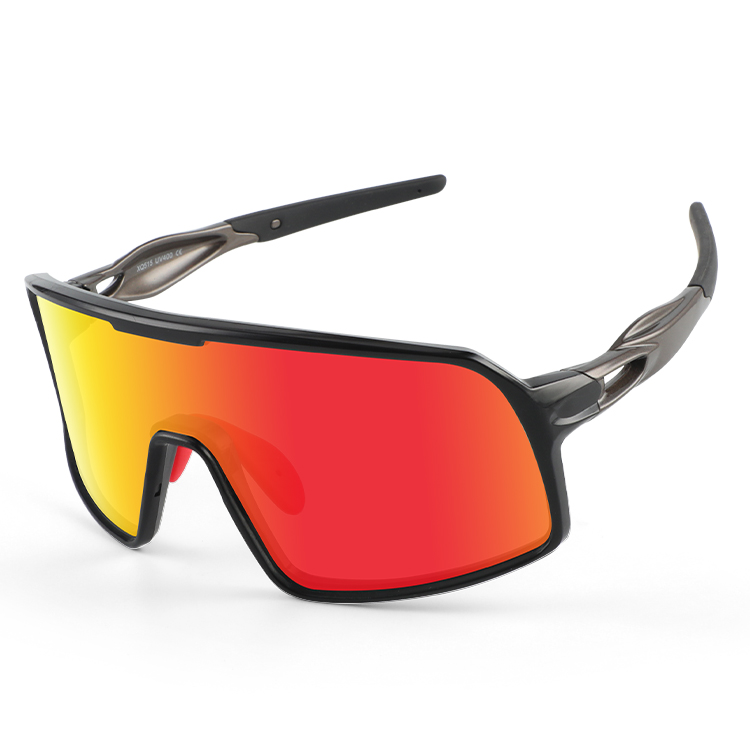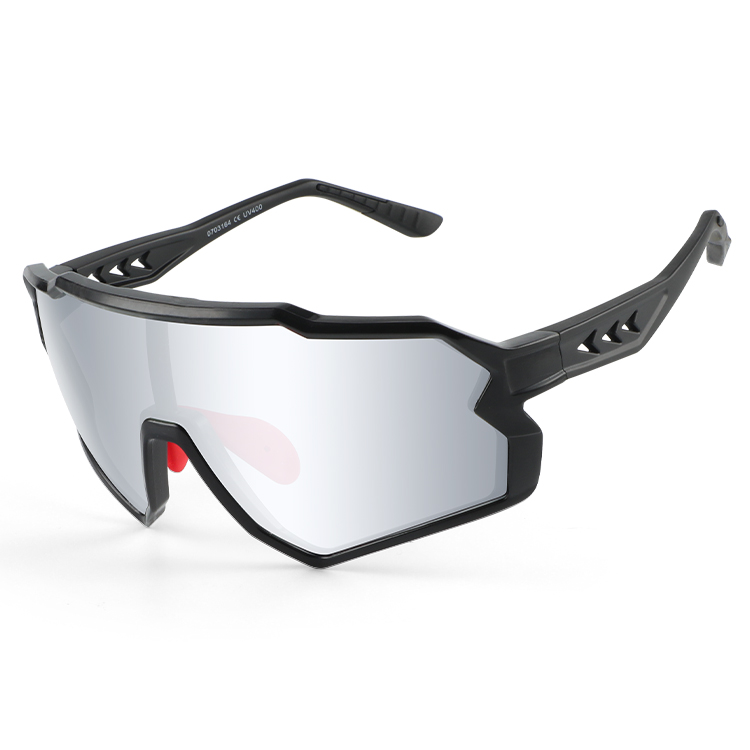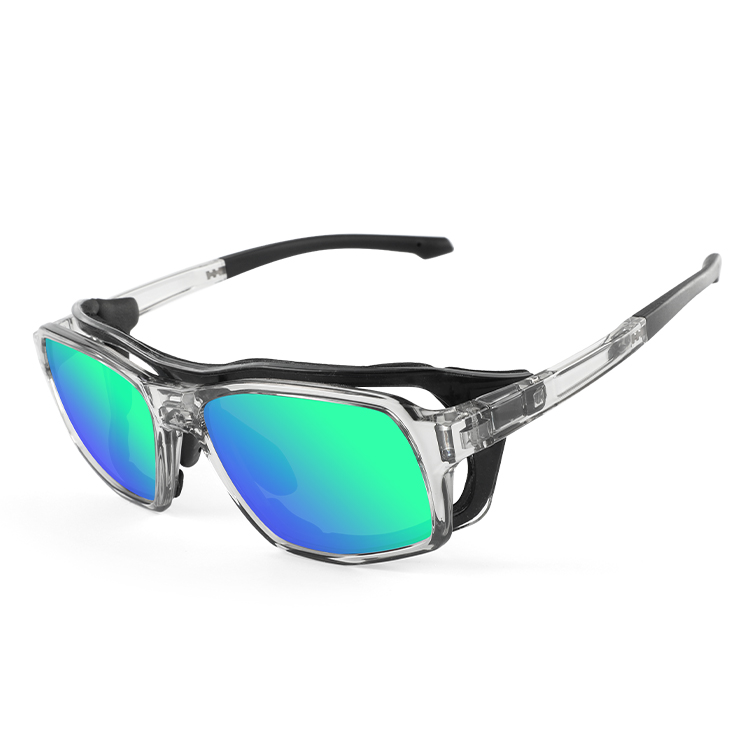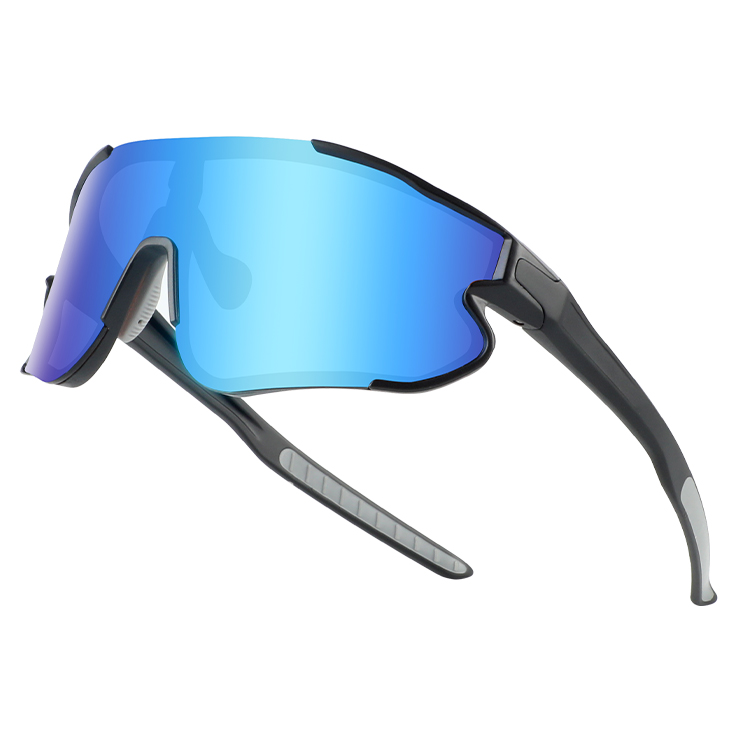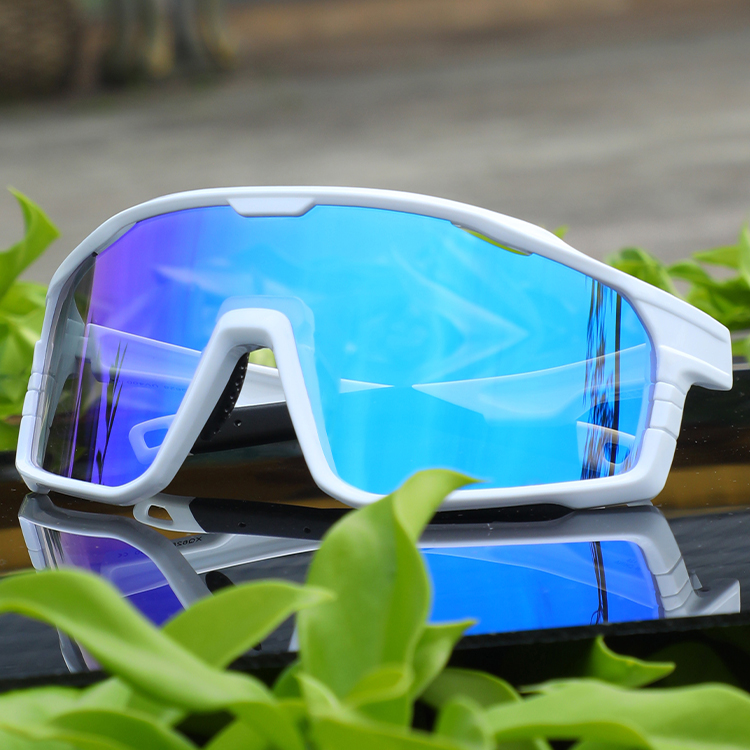Snow goggles aren’t just a fashion accessory—they’re an essential part of your winter gear. Whether you’re carving down fresh powder or navigating icy trails, your lens choice can directly affect comfort, visibility, and performance. One of the key decisions riders face is choosing between cylindrical vs spherical goggles.
Understanding the strengths of each type will help you pick the best fit for your needs. Below, we explore both designs and highlight standout products to help guide your decision.
What makes cylindrical vs spherical goggles different

The main distinction between cylindrical and spherical goggles comes from how the lenses are shaped. Cylindrical lenses feature a horizontal curvature that hugs the face while the vertical axis stays flat, offering a clean and minimal look. This design creates a sleek look, keeps the goggles lightweight (typically under 140g), and offers good performance—making it a favorite for casual or all-mountain use.
In contrast, spherical lenses curve both vertically and horizontally, closely matching the shape of the human eye. This dual curvature increases peripheral vision by up to 15–20% and significantly reduces optical distortion. Many high-end spherical goggles also include features like VLT (Visible Light Transmission) ranges from 10% to 40%, ideal for varying light conditions on the mountain.
Cylindrical vs spherical goggles for everyday skiers
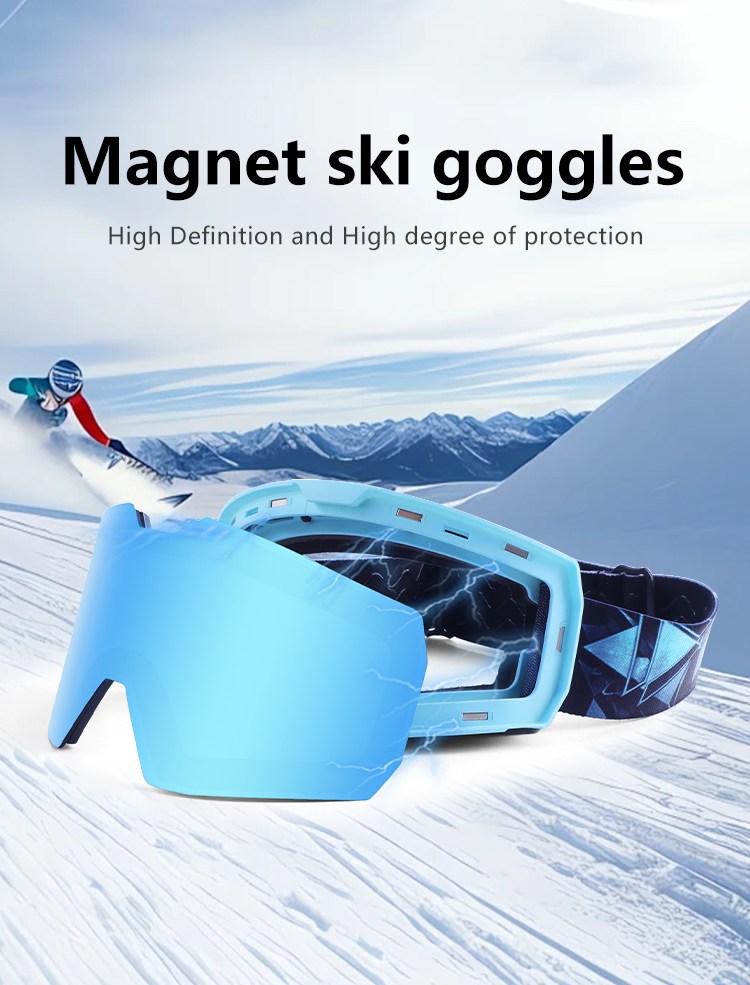
If you’re looking for comfort, convenience, and a classic style, cylindrical goggles are a strong choice. The Cylindrical Magnetic Lens Snow Goggles are a great example, featuring a lightweight frame and an intuitive magnetic lens system. You can swap lenses effortlessly in under 5 seconds—perfect when clouds roll in mid-run. The ventilated design also helps reduce fog buildup, especially in changing temperatures between -5°C and 5°C.
Key advantages of this cylindrical style include:
- Sleek, low-profile frame under 45mm thick
- Fast lens changes with 8-point magnetic attachment
- Excellent ventilation for anti-fog performance rated up to ASTM F659
- Great value for beginners and recreational skiers
Cylindrical vs spherical goggles for optical clarity

If maximizing visual clarity and peripheral awareness is your goal, spherical goggles are often the preferred choice. With a lens shape that mimics the curvature of your eye, they reduce distortion and enhance depth perception. Compared to cylindrical lenses, spherical lenses often offer an expanded viewing angle of up to 180°, reducing blind spots during fast-paced downhill descents.
The Interchangeable Spherical Ski Goggles UV Protection provide high-definition optics along with full UV400 protection, shielding your eyes from 100% of UVA and UVB rays. This model features switchable lenses that adjust to a variety of lighting conditions, from bright, sunlit slopes to dim, foggy mountain runs.
Why riders choose spherical goggles:
- Wider peripheral vision with fewer blind spots (up to 20% increase)
- Reduced lens distortion for natural clarity
- Adaptive lens systems with multiple VLT options
- Comfortable fit for all-day skiing with triple-layer foam padding
Other ski goggles beyond cylindrical vs spherical options
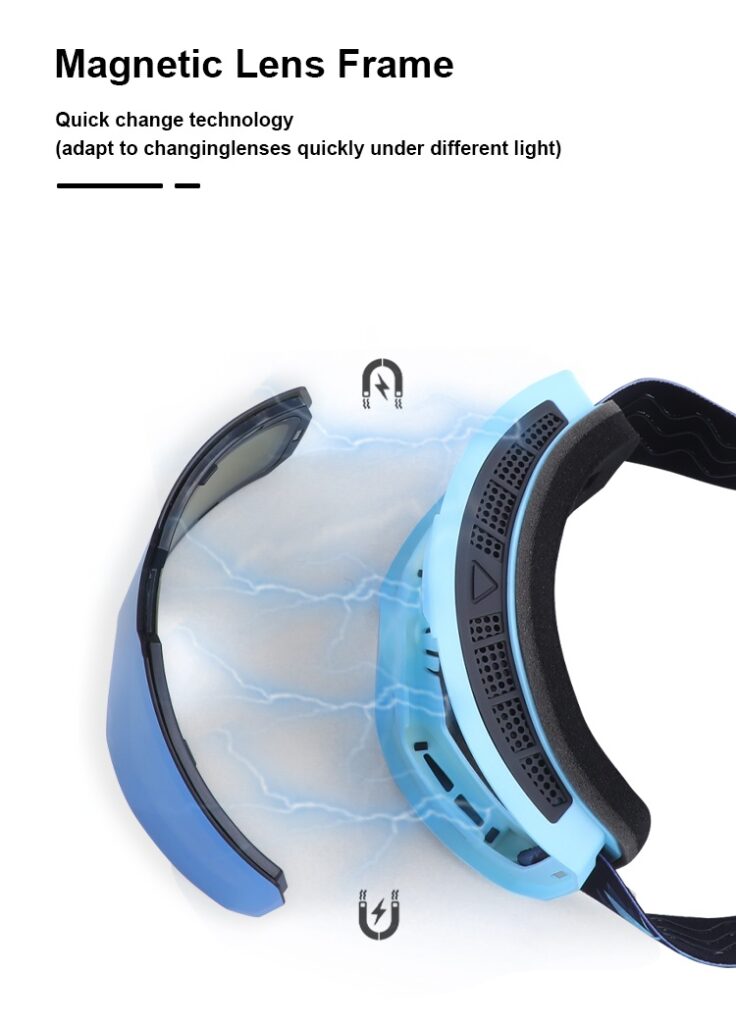
Aside from cylindrical vs spherical goggles, there are other snow goggle models designed to meet specific skiing needs. One standout is the Black Lens Polarized Ski Goggles, which offer a balanced combination of clarity, comfort, and corrective lens compatibility. Key features include:
- Support for vision correction– ideal for skiers who wear prescription lenses
- Polarized black lenses– block glare with over 99% efficiency, enhancing contrast on bright slopes
- Anti-fog coating– rated for up to 60 minutes of high-humidity exposure
- Secure and comfortable fit– adjustable elastic strap and 3D nose bridge contouring for stability
In addition to this model, XUNQI offers a wide range of high-performance snow goggles equipped with features like photochromic lenses (that automatically adjust from 10% to 60% VLT), anti-fog dual-layer lenses, and OTG compatibility for glasses wearers. Whether you’re seeking reliable visibility in alpine environments, lightweight comfort, or adaptive lens tinting, XUNQI provides options tailored to your skiing experience.
Conclusion
Ultimately, the choice between cylindrical and spherical goggles comes down to what feels right for you. Cylindrical lenses offer great everyday functionality and style, while spherical lenses provide advanced optics for those who demand a broader, clearer view.
With top models like the magnetic cylindrical goggles, UV-protected spherical goggles, and polarized vision-correctable goggles, you’re already off to a great start. Explore more options to find the pair that matches your performance goals, style, and snow conditions.
If you need help choosing the right snow goggles or have specific requirements, feel free to contact us—our team at XUNQI is here to assist you.

